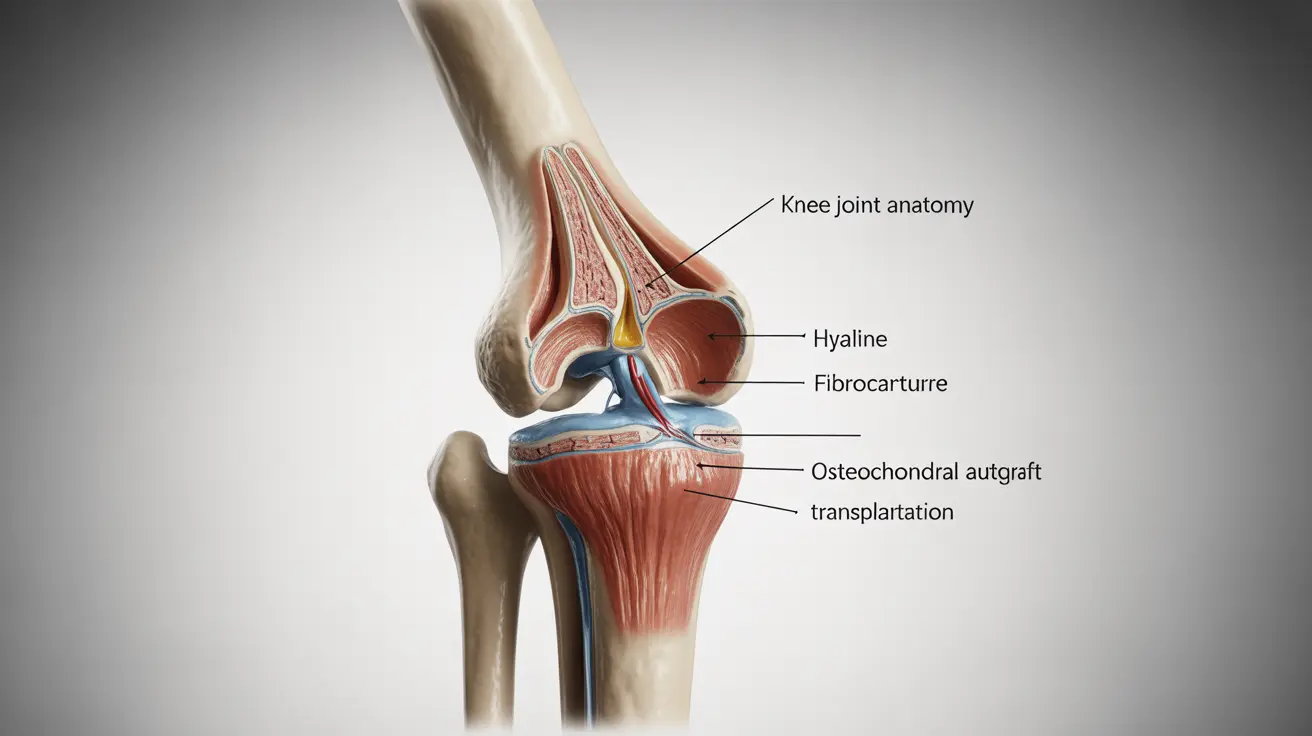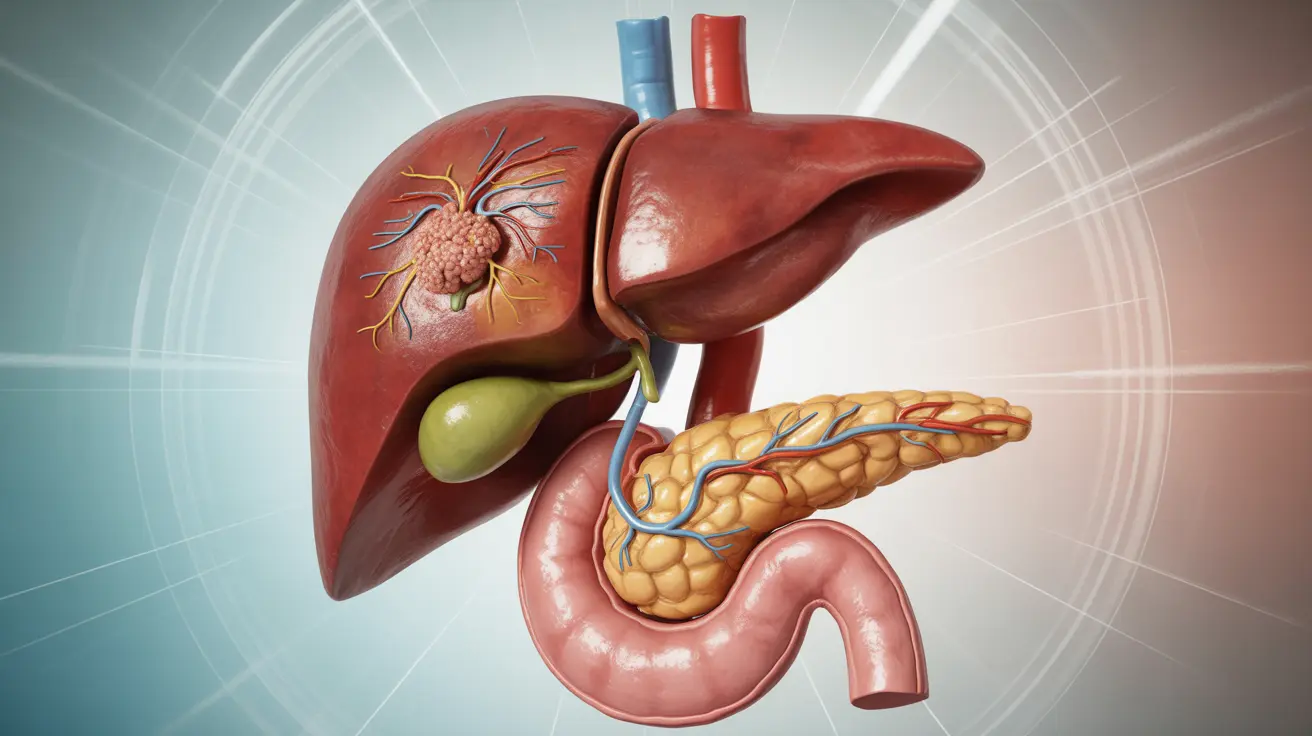GetLabTest News
Symptom Analysis
Interpreting Test Results
Diseases & Symptoms
Health Queries Answered
All
Latest
Understanding Your Options for Knee Cartilage Replacement Surgery
Explore knee cartilage replacement surgery options, learn about techniques, recovery expectations, and potential outcomes for improved knee health.

Discover the causes, symptoms, and effective treatment options for hives. Learn how to manage this common skin condition and when to seek help.
Diseases & Symptoms
min read

Explore how radiation for breast cancer stage 1 reduces recurrence risks and enhances treatment effectiveness with essential patient insights.
Diseases & Symptoms
min read

Explore the link between cancer and low blood sugar, including symptoms and types of cancer that may trigger hypoglycemia. Vital information included.
Diseases & Symptoms
min read

Discover the timeline and factors influencing how long prostate cancer takes to spread to the bones. Essential information for patients.
Diseases & Symptoms
min read

